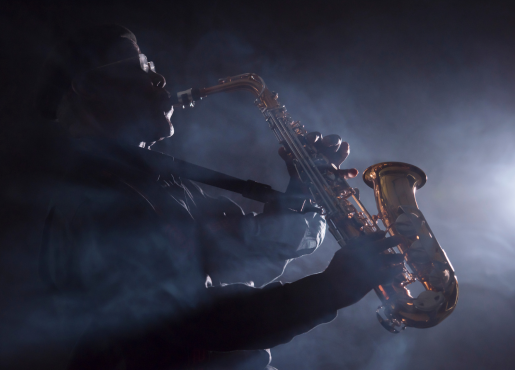
Wayne Shorter
By Fritz Byers

This Friday is the birthday of Wayne Shorter, born August 25, 1933. He passed in March of this year, at 89. For more than fifty years, Wayne was in the pantheon of composers and instrumentalists, and he will live there permanently.
If we had only his nine 1960s Blue Note recordings, from Night Dreamer in 1964 through Super Nova in 1969, he would be unrivaled as a composer, bandleader, and improviser. Working always with the very best musicians, Wayne’s recordings from these years set a standard that has not ever been surpassed. And, astonishingly, they sound as new today as they did when I first heard them, more than fifty years ago. I am convinced they are inexhaustible.
But there’s so much more. Many believe that, as the saxophonist in the so-called Second Great Quintet of Miles Davis, Wayne eclipsed the innovations, appeal, and enduring legacy of the saxophonist who occupied that chair in the First Great Quintet – John Coltrane. Even if you find comparisons of that kind odious, it’s impossible to overlook the singular sensibility Wayne brought to the band’s masterpiece recordings in the second half of the 60s, from E.S.P through Filles de Kilmanjaro. And if those recordings don’t convince you, spend some time with the live recordings that captured the entirety of the band’s sets over two nights at the Plugged Nickel in Chicago in December 1965. This is jazz as high-wire act; the results are thrilling, with none of the quintet coming close to falling.
Before his work in the 60s as a leader and with Miles, Wayne worked with Art Blakey’s Jazz Messengers, with whom he recorded well more than a dozen first-rate albums, contributing not only his unique sound on horn but also his intricate, bracing compositions and his advanced sense of harmony. And after he left Miles, in 1971 Wayne formed Weather Report with the Austrian keyboardist, Joe Zawinul. Fifty years from its inception, Weather Report’s blend of avant-garde jazz stylings, innovative electronics, world music, and roots rhythms remains a beacon of virtuosic musical freedom. Such fusions are not for everyone, and those who tried to imitate the vibe led jazz to multiple dead ends. But take Weather Report on its own terms, and you can’t help but be transported.
For the last twenty years of his career, Wayne concentrated on his Footprints quartet, lending the name of one of his most admired compositions to a group that featured, behind Wayne, a rhythm section of the pianist Danilo Perez, the bassist John Patitucci, and the drummer Brain Blade. Throughout those two decades, Wayne easily bore the mantle of living legend, but he declined to coast. In 2018, he released Emanon, a three-disc masterwork filled with Shorter compositions and solos and accompanied by, no kidding, a graphic novel he created with his accomplices, a writer and an illustrator.
Check out Jazz Spectrum and Jazz Spectrum Overnight this weekend for an appreciation of Wayne Shorter’s music – his own performances and his lustrous compositions in the respectful hands of others.
- Home
- Schedules
- TV
- TV
- Local TV Programs
- Business | Life 360 with Kristi K.
- Toledo Stories
- To The Point with Doni Miller
- Listening with Keith Burris
- Ideas & Insights
- WGTE Presents
- BL360: Northwest Ohio Innovation Consortium
- Magic of the Old West End
- Freedom Means Never Surrender
- I&I: The Random Factor
- FF: National Cherry Festival
- TTP: Moms Demand Action For Gun Sense in America
- Watch Live
- Radio
- Education
- Community
- Support
- About
- Donate
- Watch Live



